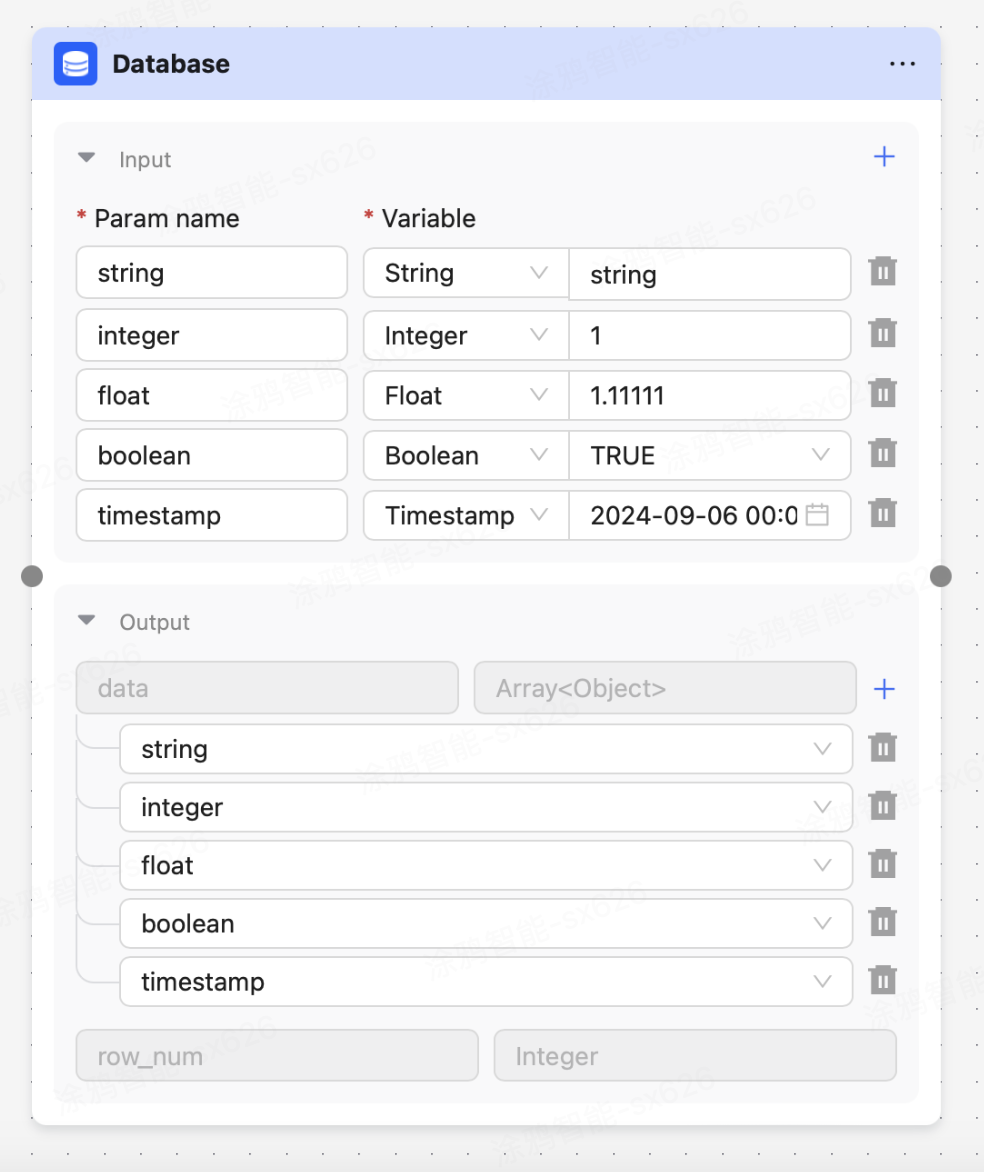1.3. Database
This section will introduce the basic concepts of Database
A database is an organized collection of data designed to efficiently store, manage, and retrieve data. Databases are operated through a Database Management System (DBMS), which provides functions for creating, reading, updating, and deleting data.
- Data is the basic unit of a database and can be information in various forms such as text, numbers, images, and sound. In a database, data is usually organized in tables (tables, relations), which consist of rows and columns. Each row represents a record, and each column represents a field.
- Table is the basic storage unit in a relational database, consisting of rows (records) and columns (fields). Each table has a unique name used to identify and store specific types of data. For example, in an employee management system, there might be a table named "Employees" that stores information such as employee names, positions, and salaries.
- Primary Key is one or more fields in a table whose values uniquely identify each record in the table. The primary key is used to ensure the uniqueness and integrity of the data. For example, in the "Employees" table, "EmployeeID" can be used as the primary key.
- Foreign Key is one or more fields in a table whose values reference the primary key of another table. Foreign keys are used to establish relationships between tables and ensure data consistency. For example, in an order management system, the "CustomerID" in the "Orders" table can be used as a foreign key to reference the "CustomerID" in the "Customers" table.
- Index is a data structure in a database used to speed up data retrieval. By creating an index, query performance can be significantly improved, but it will increase the overhead of write operations and storage space.
Main Functions
Data Storage
Data storage is the basic function of a database. In the STARSG platform, the DataBase node can store AI process data and result data, including but not limited to strings, integers, etc., and store the data in an array.

Data Retrieval
The database provides powerful query functions, allowing users to efficiently retrieve the required data. Once data is stored in the DataBase, subsequent nodes can access and use the data stored in the DataBase.

Data Management
After testing and releasing a project, the STARSG platform also provides users with convenient database management. After release, users can view the data stored in the DataBase nodes of their released projects on the main page's Databases page, allowing them to promptly view or export the data they want to use.

Databases play a critical role in development by providing efficient data storage, retrieval, and management functions, supporting the development and operation of various applications.